- Other Fluke companies:
- Fluke
- Fluke Biomedical
- Fluke Networks
- Fluke Process Instruments
Saving Lone Lake
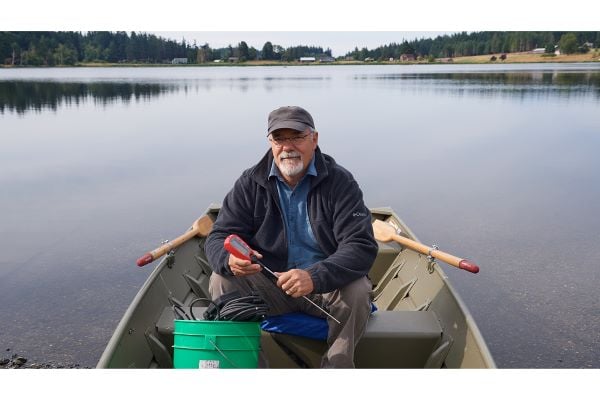
This is a story about how a community comes together to save a lake. Lone Lake is a 90.3 acre lake on the south end of Whidbey Island, Washington. Popular with boaters, swimmers and trout fisherman and ringed by homes, in 1996-2003 it was invaded by waterweeds that reduced access and interfered with the fish. Residents and local environmental organizations tried to fix the problem by alternately applying herbicides to kill the plants and stocking grass carp to eat them.
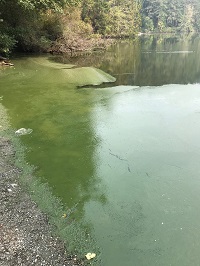
The plants were eradicated but left nothing in the water to consume nutrients and compete with algae. As a result, the lake developed a serious case of toxic algae that turned it green, caused several thousand valuable trout to die, and posed dangers to local pets or any creatures who drank the water. In 2017 the lake was closed, causing disruption of fishing, boating, and swimming, reduction of lakefront property values, and widespread community distress. Improving the environment and ecosystem of Lone Lake seemed like it was going to be a tough job.
Enter Mark Sytsma, a retired professor of environmental sciences at Portland State University who purchased a house near Lone Lake in 2016 and moved there full-time with his wife in 2018. “I did my due diligence when we bought our house. I knew about the lake, I knew about its water quality problems. I thought, well, this would be a fun little retirement project. It’s something I know about and I could actually do some good. I knew about this Washington Department of Ecology grant program so when I got here I called up the Whidbey Island Conservation District and I said hey, you know this lake’s got problems, we should write a grant proposal. And we got the money.”
Armed with funding from the WA Department of Ecology’s Freshwater Algae Control program and matching funds from the conservation district, the community started to come together to move things forward. “There’s a lot of collaborators on it–probably 20 organizations that are collaborating and supporting the project, from fishing clubs to the homeowners’ association to the yachting club,” said Matt Zupich, District Manager of the Whidbey Island Conservation District.
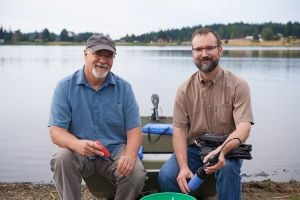
The two-year program’s goal is to develop a plan for managing the lake: reducing the algae blooms, encouraging fish life, and creating an environment that all in the community can enjoy.
Mark knows lakes. “Many lakes, particularly small shallow lakes, have the same sort of problem if they’re in a settled area because there are lots of people. Houses have septic tanks and there’s agriculture and all of this human activity in the watershed. So if it’s a pristine watershed, the nutrients are tightly bound and they’re not released into the surface water very easily, but when humans come they disturb the soil. There’s lots of mobilization of nutrients and they all end up in the lake. And that’s what causes the algae blooms. The trout die.”
“Part of the solution is restoring native vegetation to the lake. You want some plants in the lake. You don’t want it to be like a swimming pool, you want some native plants that provide habitat for fish and compete with the algae for nutrients. So one of the things we’ll try to do is to reestablish vegetation in the lake.”
Mark is working on the first phase of the project, which involves collecting data about the lake water. “The sampling is one year. We started in February-March [2019] so we’ll sample through March [2020] and after the sampling is done we turn the data over to a consultant who will evaluate all the alternatives to the analysis and come up with the plan.”
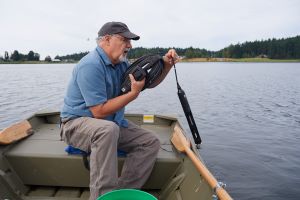
To collect the data, Mark collects lake water and measures its temperature, pH, dissolved oxygen and other parameters. He makes the measurements with a multi-probe instrument. To comply with strict quality assurance protocols from the Department of Ecology, the multi-probe needs to be calibrated regularly to ensure that the data is accurate.
Mark says “Each one of the parameters we measure has a protocol in place for how to assure that the data is accurate. The one thing I didn’t have was a certified thermometer.”
Fortunately for Mark, the president of the local homeowner’s association is a Fluke associate. That Fluke associate donated a Fluke Calibration 1551A-EX Stik Thermometer Readout, a digital readout with accuracy of ±0.05 °C (±0.09 °F) over full range. The Stik is battery operated, portable and ideally suited for working outside. It comes with a NVLAP-accredited report of calibration, which provides the certification that Mark was looking for. This donation enabled Mark to bring accurate and reliable data to the project to improve the environment of Lone Lake.
“It works great,” says Mark. “It’s much better than any other certified thermometer. At the university, when we did this [type of work] we had a certified thermometer but this one is much nicer than anything we ever had.”
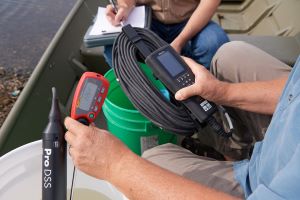
Mark uses the Stik thermometer each time he measures. “Calibrate before we go out and then we check the calibration when we come back. We have a data sheet that we record the calibration information on. That will end up in a report. We’ll use that report as a basis for other grants to get money to actually implement the plan. We need really high quality data [that] backs up the report and the recommendations to apply for grants to actually implement.”
Why take on a multi-year challenge like this instead of just kicking back and enjoying his retirement? Mark muses, “I have always liked water. I grew up on a lake and liked to swim in it and that sort of thing, and then I was just interested in ecology. I sort of gravitated to water and ended up studying lakes for my whole career. And I really like the applied management aspects of it, not just the basic science but the applied or problem solving aspects of these sorts of projects.”
It’s a testament to what one man, a concerned community, and the right tools can do.
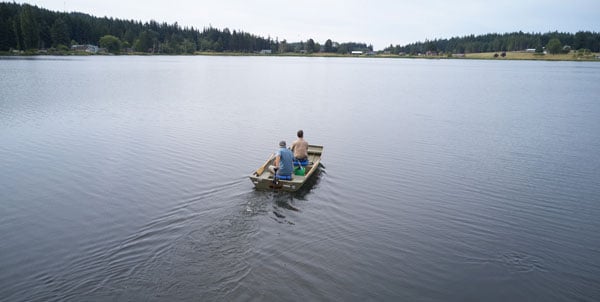
Keep learning
Learn About Calibration
Related products
1551A Ex / 1552A Ex "Stik" Thermometer Readout
Precision digital thermometers
Get Help
Speak with a calibration product expert about your equipment needs
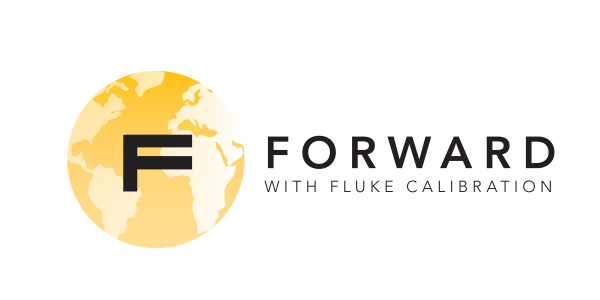
- Home
- Products
- New Products
- Electrical Calibration
- RF Calibration
- Data Acquisition and Test Equipment
- Temperature Calibration
- Humidity Calibration
- Pressure Calibration
- Flow Calibration
- Process Calibration Tools
- Calibration Software
- Service and Support
- All Calibration Instruments
- Purchase Info
- News
- Training and Events
- Literature and Education
- Service and Support
- About Us


